The first material that comes to everyone’s minds when they hear the word sewing is fabric. Of course, this is not far-fetched since fabrics are the usual sewing suspects. But a sewing machine’s range is not limited to fabrics, yours may just be suitable for sewing cardboards too.
Can you sew through cardboard?
Most machines can sew through cardboard. Cardboards find similar applications as papers in sewing. Due to the varying thickness in cardboard, you should use extra caution when sewing through it.
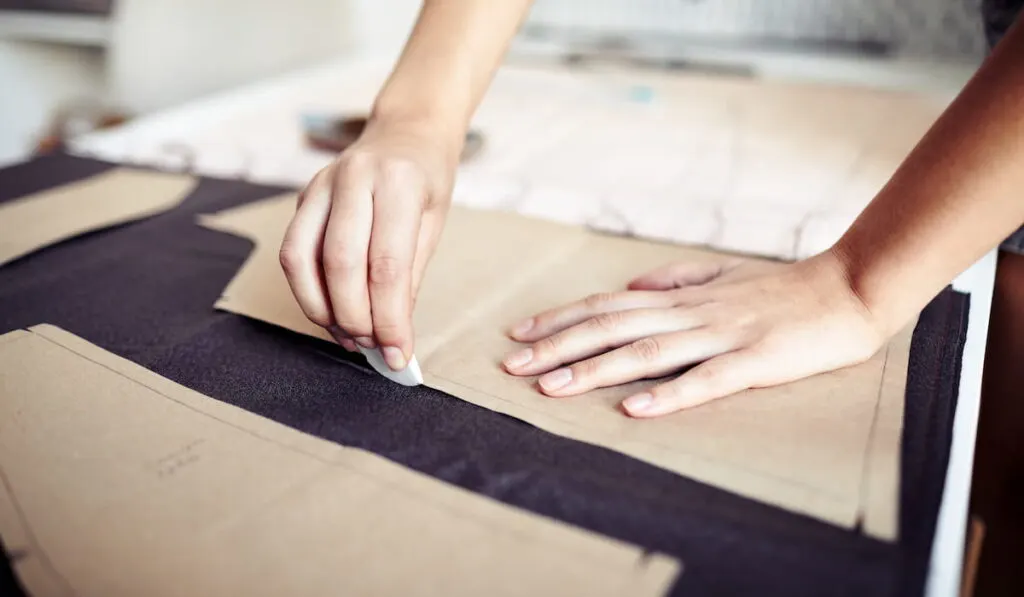
The cardboard’s thickness and the type of needle are 2 factors you should pay attention to when sewing.
In this article, we will be focusing on sewing with cardboard. We will discuss the size of needles to use, the applications of cardboard in sewing, and much more.
Can You Sew Through Cardboard
Sewing through cardboard is very possible, but first, you have to assess the cardboard’s thickness. As the thickness of the cardboard varies, so does the needle, and the sewing machine you need to sew through it vary.
The reason for varying the needle according to the thickness is not far-fetched. Small-sized needles will get dull faster when you sew through thick materials. If the cardboard is thick enough, there’s the possibility that it could even break your needle.
Now, you may have an endless supply of sewing needles, but we are sure having to change your needle every time is not what you want.
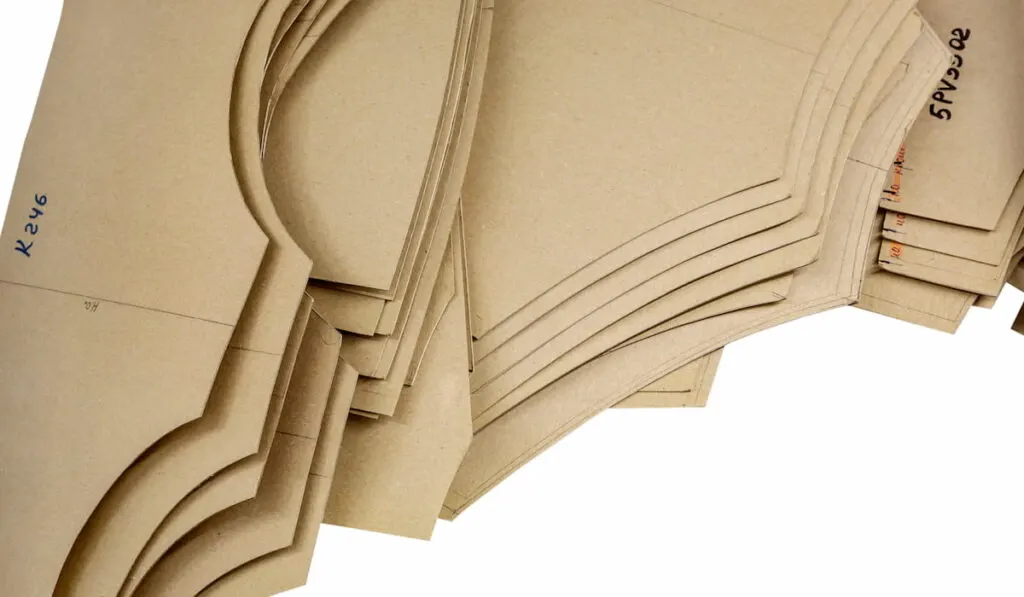
One more reason to select a needle of the right size is the seams. If the needle is too small or too big, the stitches may not come out well. What’s the point of sewing anything if the seams do not come out well, right?
What Machines and Needles Are Needed
You may want to get an industrial sewing machine if you are looking to sew through cardboard. Using a regular domestic sewing machine is not advisable.
As a result of their thickness, cardboard may overwork a regular domestic machine’s motor causing it to overheat. So, you should look towards getting something heavy-duty if you will be sewing cardboard regularly.
Generally, if you will be working on cardboard, use at least a 100/16 size needle in your sewing machine. With thicker cardboards or multiple cardboard layers, you should go for larger needle sizes.
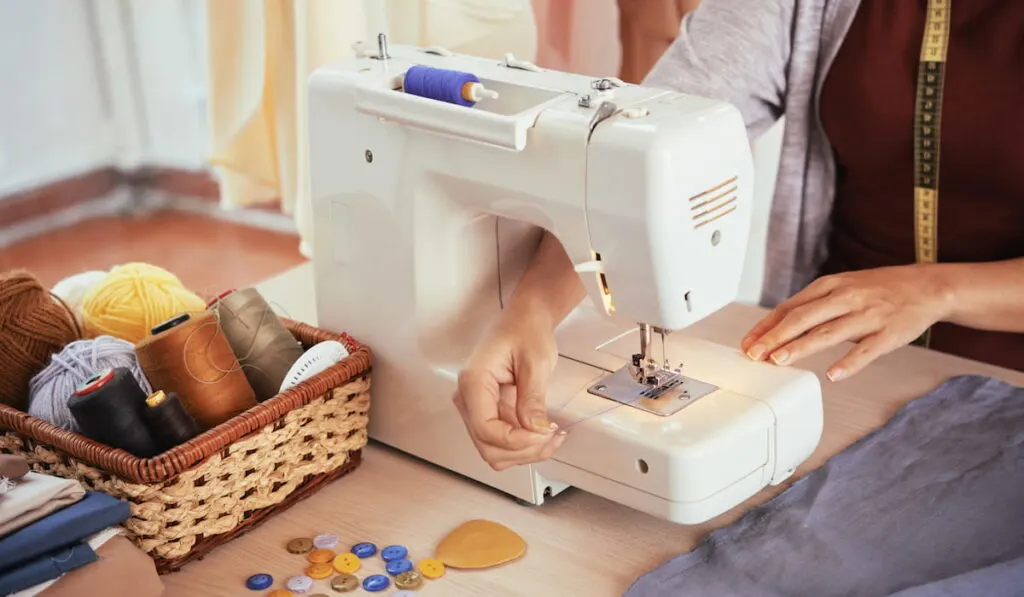
Also, you may have to increase the tension on your machine when you sew through cardboard. The thicker the cardboard, the higher the tension it may require. Increasing the tension makes it easy for the thread to pass through the cardboard.
Will Sewing Through Cardboard Break My Machine
As long as you are not sewing with a lightweight sewing machine, sewing through cardboard is unlikely to damage your machine.
With a lightweight machine, motor overheating is very possible, especially when you are working on the cardboard for long. If your machine’s motor starts overheating frequently, it won’t be long before the machine’s functions are significantly affected.
You should, however, pay attention to your needle. If the needle keeps breaking when you work on cardboards, then you should get a larger-sized needle. You may also have to sharpen or change your needle frequently because the cardboard will make them dull faster.
9 Projects You Can Create by Sewing Through Cardboard
From the beginning of this article, you may have been asking yourself questions like, “why would I want to sew through cardboard?”. Well, we may have some answers to that question.
You can create a variety of beautiful projects by sewing through cardboard. Some of such projects are listed below:
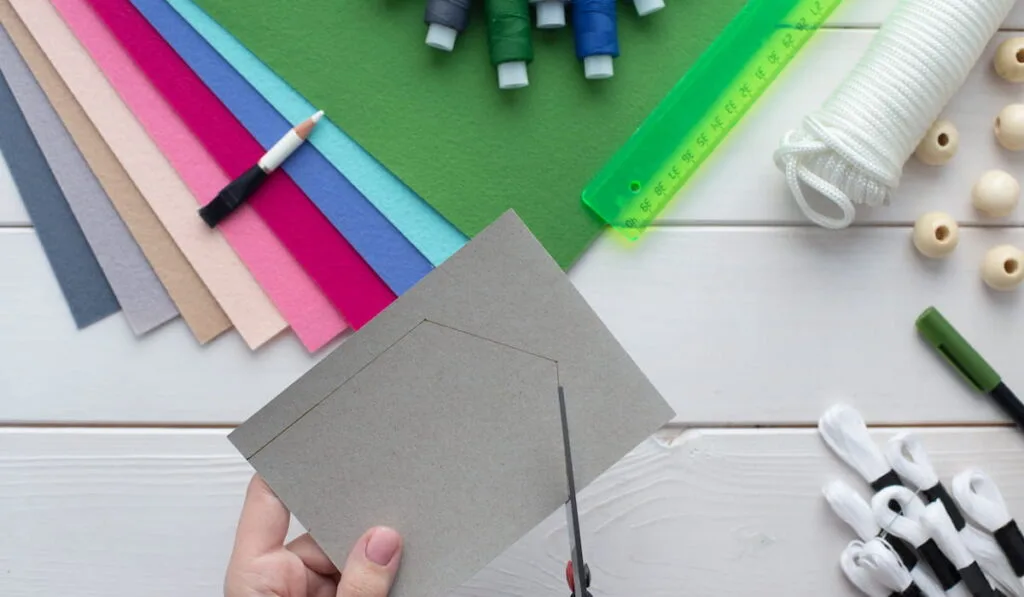
- Greeting cards
- Design for treat boxes
- Cardboard garland
- Journal designs
- Patterned gift tag
- Scrapbook cover
- Envelopes
- Business card
- Invitation cards
3 Other Materials You May Not Realized You Can Sew Through
The list of materials you can sew through gets even longer. Besides fabric and cardboard, the following are 3 other materials you can sew through.
Tracing Paper
Tracing paper comes in very handy for different sewing projects. It is particularly useful when you have to quilt a dark-colored fabric or a hard-to-quilt fabric.
To use a tracing paper in sewing, draw or print the pattern you want to quilt on it. Then place the paper on the fabric and sew along the lines of the pattern. When you are done sewing, peel the paper off gently, and you have your quilted fabric.
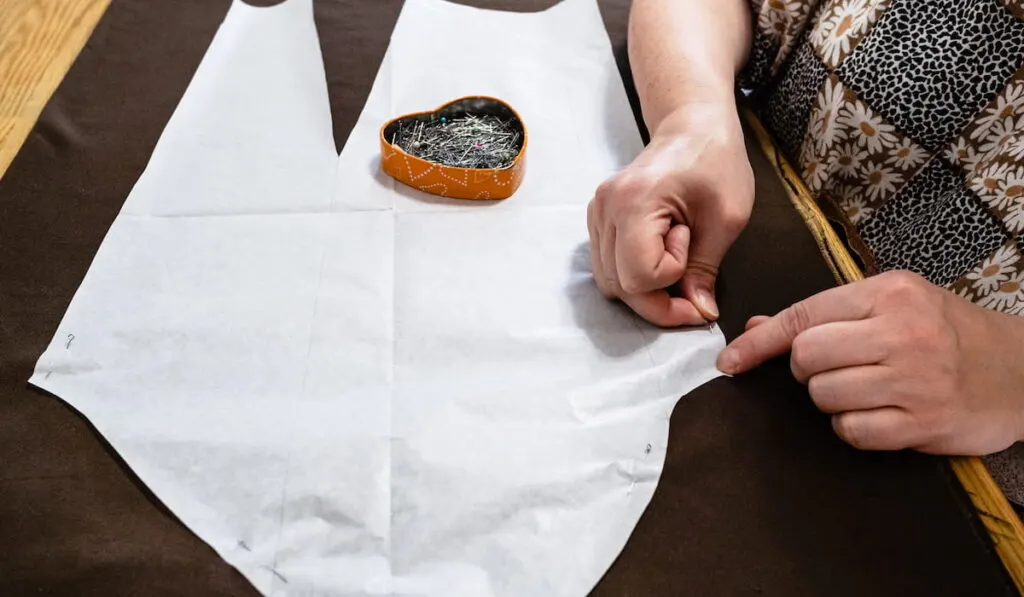
Freezer Paper
Normally, you’ll find freezer paper in the freezer where it is used to wrap different food items. But it finds uses in sewing too. You can use freezing paper the same way we used tracing paper above.
With freezing paper, you draw the design on the non-shiny side of the paper. Then you place the shiny side on the fabric and iron to attach them. Sew along the lines of the pattern on the paper, then peel or tear the freezing paper off when you are done.
Heat and Bond
After attaching 2 pieces of fabric together with heat and bond, you may need to sew through it. Sewing through it helps ensure that the fabrics remain attached even when the heat and bond’s adhesive fades.
Another common reason for sewing through heat and bond is the creation of applique. The process is quite straightforward. You stitch the design/pattern on your heat and bond, then you attach it to the fabric by applying heat.
There’s no real hassle when it comes to sewing through cardboard. Get a needle that suits the thickness of your cardboard, work with the right sewing machine, and you are good to go.
Resources
- https://www.thesewingdirectory.co.uk/sewing-machine-needle-guide/
- https://sabrinawhartonbrown.wordpress.com/2011/05/23/how-to-get-your-sewing-machine-thread-tension-and-stitch-quality-right/
- https://feltmagnet.com/crafts/How-to-Machine-Sewing-Stitching-With-Paper-Tips-Ideas-Tutorials-Projects
- https://youmakeitsimple.com/2020/02/how-to-make-parchment-paper-treat-bags-sewing-method/
- https://www.getasquiltingstudio.com/2016/09/quilting-through-paper.html
- https://thesewingloftblog.com/freezer-paper-in-workroom/
